How to Choose a Zipper: a Step-by-Step Guide

Do you need a zipper but are unsure of how to order?
You've come to the right place!
There are many factors that go into making decisions when it comes to choosing a zipper. This guide will help you with step-by-step instructions to help you choose the zipper you want.
We'll walk you through everything you need to know, but also offer some guidance and advice along the way. Those of you who show that size matters a lot and that it doesn't matter. You should end up with the zipper unprotected from each other.
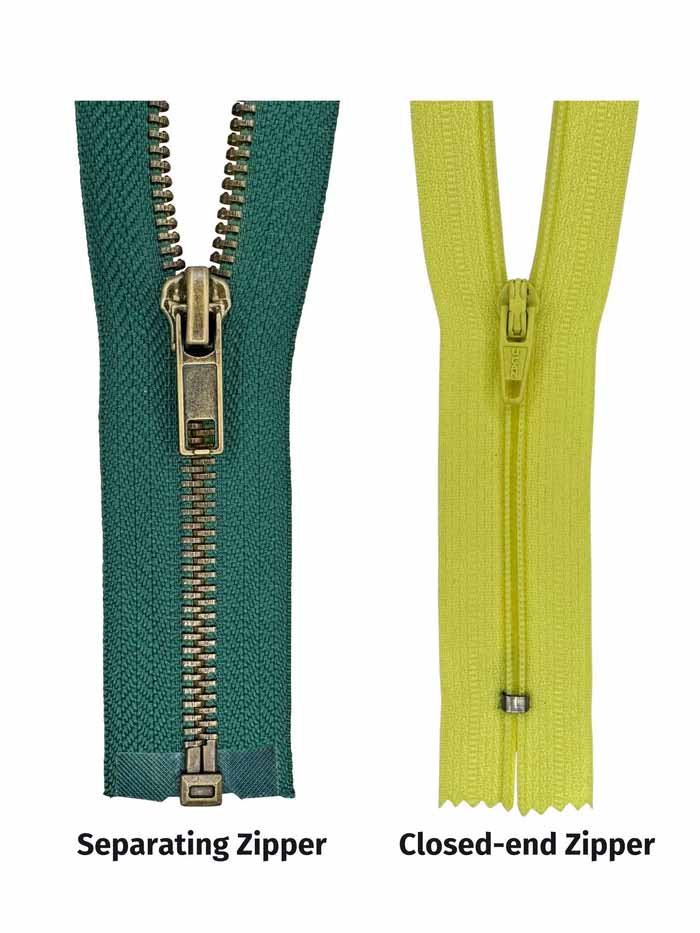
1. Open Ended – Separate or Closed Ended?
The first thing you need to determine is whether you need an open-end – separate zipper or a closed-end – bottomed zipper.
Separate zippers can be completely separated into two parts. Separated zippers are also known as open-wing zippers, and the opened ones are completely separated from the bottom, like the zipper on a jacket.
Click to See Separate - Open End Zippers in Our Store
Closed closure zippers are zippers that do not separate from the bottom. An example of a closed-end zipper is the zipper on a pair of pants. Closed chain zippers can be sewn onto bags, covers, pillows, cushions, upholstery and many other sewing projects and crafts.
It is important to prove whether you need a separate zipper because it is possible to purchase an open zipper if you do. A closed-ended zipper cannot turn open wings into a zipper, nor can it create a separate zipper from the zipper chain. The bottom of the separate zipper has a pin and box, and this policy is combined under high heat and high pressure during the production process. Therefore, they cannot be connected manually.
If you need a closed-end zipper, you have more options. You can purchase a closed-end zipper and turn the open-ended zipper into a closed-end zipper by sewing it from the bottom.
Click to Buy Closed End Zippers
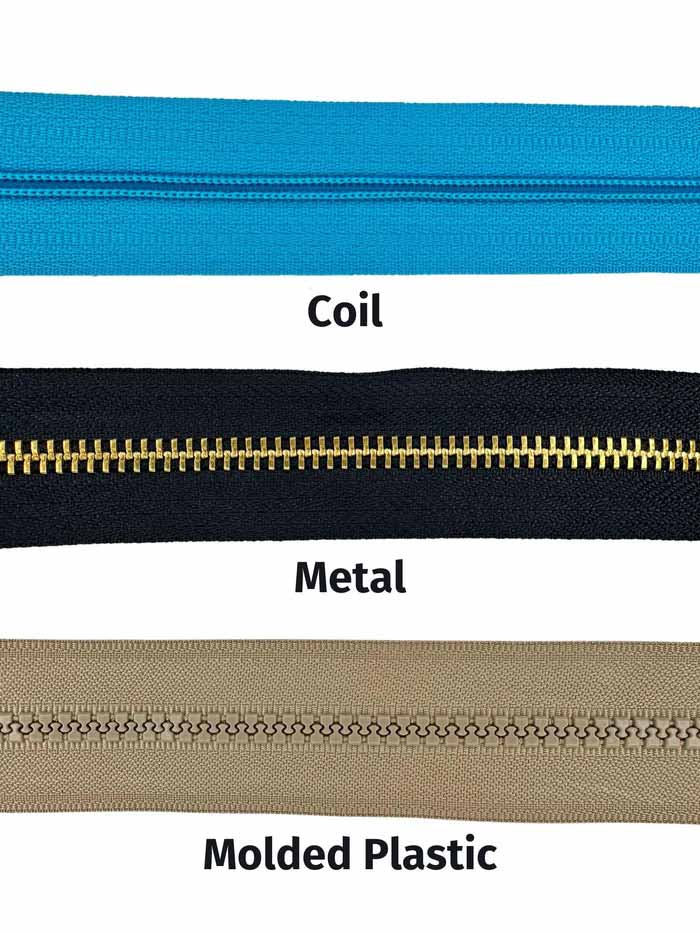
2. Zipper Teeth Types
Zipper type refers to the material of the zipper teeth. Main zipper types: Nylon, Bone (Plastic),
It is metal and molded plastic/molded teeth. Most of the time, the type of zipper chosen is a matter of personal preference as each material offers a unique aesthetic. But some zippers are better for certain applications than others.
Nylon zippers are sometimes called "universal zippers" because they can be used on almost anything. These are the most flexible form of tearing and the folds are the most likely to break. For example, cushions or luggage. Nylon zippers include standard nylon coil zippers, concealed zippers, and metal nylon zippers.
Click to Buy Nylon Coil Zipper
Metal zippers are known for their durability and can be used for their durable and durable parts. Metal zippers come in a variety of finishes, including smoked, antique yellow, aged silver, brass, gunmetal, oxidized nickel and nickel.
Bone zippers are preferred in durable pieces. They are often used as functional accessories in coats, tents, tarpaulins and many other areas. They have different tooth models. In general, the standard style metal parts are zippers. There are different dental models. They can have alligator teeth, metal teeth, square teeth and many different models. Coated models of bone zippers are also available and are available in various sizes and colours.
Click Here To Buy Molden Plastic Tooth - Chunky Plastik Zips
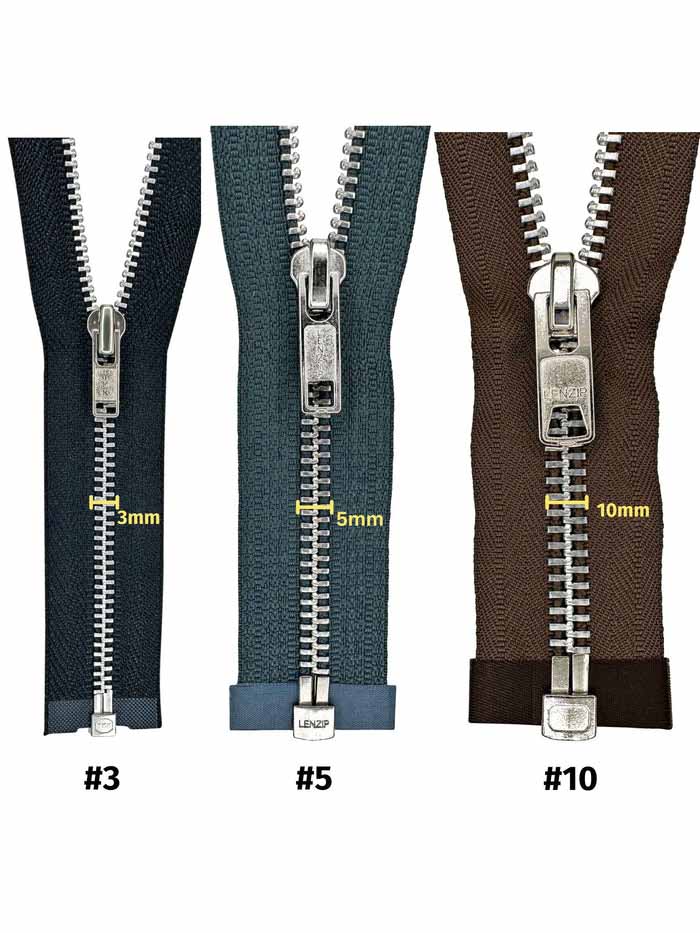
3. Zipper Size/Zipper Type
Zipper shape (or zipper patterns) is a number that corresponds in millimeters to the width of the zipper teeth when the zipper is zipped. The # symbol next to a number represents the values of the zipper.
Zipper refers to how heavy duty a zipper is. The higher the number, the harder the zipper does. For example, a #2 zipper is lightweight and often used on decorative pillows, while a #10 zipper is bulky and ideal for heavy-duty jackets. Measurements that are numerically close are also very similar in terms of weight. For example, #7 and #8 will be very similar, #8 will be a little more heavy-duty.
Zipper size may be a matter of personal preference, but to ensure that the chosen zipper is too light or too heavy lifespan is not taken into account. For example, a 10 flap zipper is too heavy for a sweater, and a 3 flap zipper is too light for a heavy jacket.
If you are replacing an existing zipper you are unhappy with the type of zipper you currently have, you generally want to purchase the same size zipper or very close to it. For example, if you have a size 10 zipper on a jacket and it's too thick, you can swap it out for a #8 for something a little less bulky, or go down to a #5 for something more mid-weight. It's not like that at all.
Among the Zipper Types, #3, #4.5, #5, #8, #9,#10 and #20 zippers can generally be produced in a short time (between 3 and 7 days).
For more information, check out our How to Measure Zipper Gauge guide
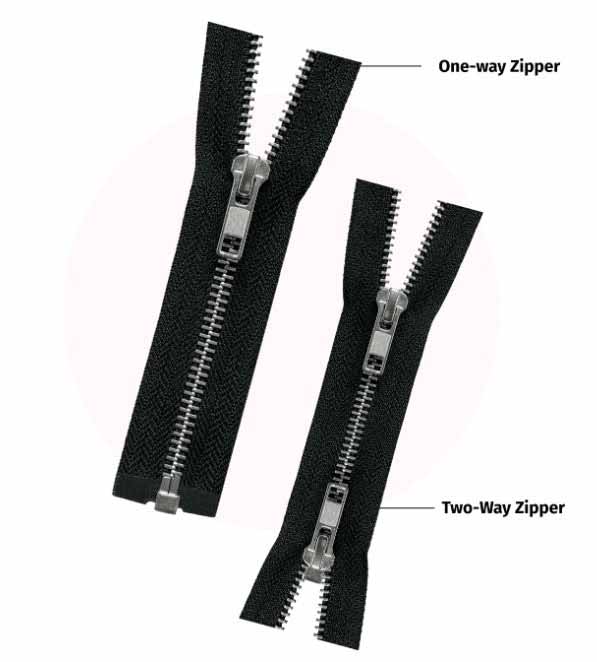
4. One-Way or Two-Way Zipper?
Whether a zipper is one-way or two-way is determined by how many sliders are in the zipper path.
Most zippers have a single slider and are therefore one-way zippers. On the E-Buttons (e-Buttons) website we just call it a zipper and do not describe it as "one-way".
However, some zippers have two sliders and are therefore called “two-way zippers”. These are sometimes known as "double zippers". An example of this is the zipper on a longer jacket or coat; This zipper can be opened from the bottom to allow the wearer's legs to move more easily while sitting. Overalls zippers are generally two-way zippers.
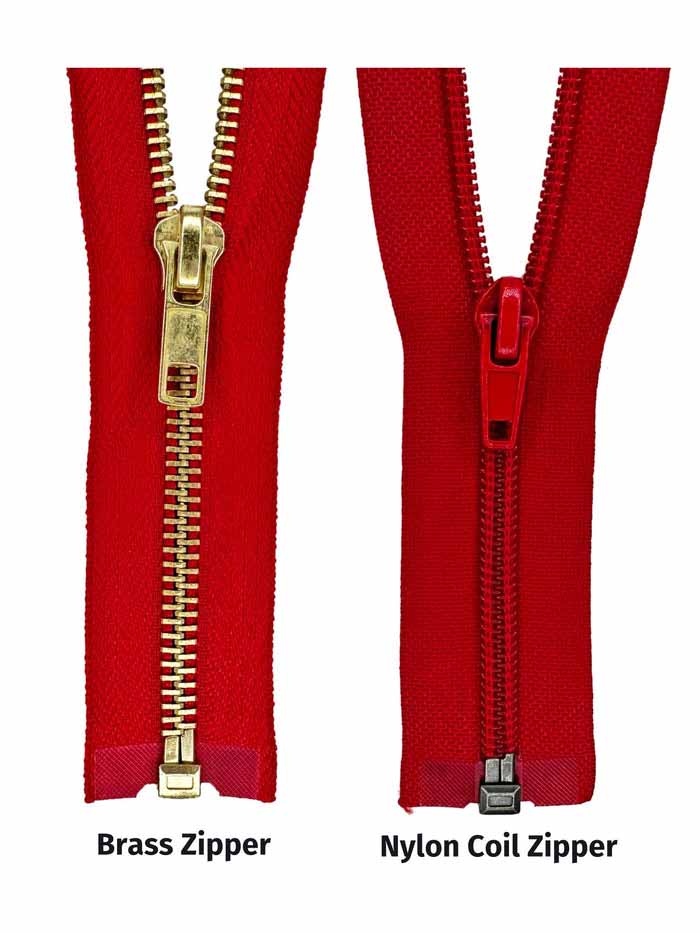
5. Zipper Color
Zipper color refers to the color of the polyester fabric (also known as "zipper tape") on the sides of the zipper. It also refers to the color of the zipper teeth on some zippers.
On molded plastic and nylon coil zippers (except metallic coil), the color of the zipper teeth will also match the color of the fabric.
For metal zippers, color refers only to the metal zipper strip because the zipper teeth are the color of the metal. For example, a red brass metal zipper has brass/gold colored teeth and red zipper tape.
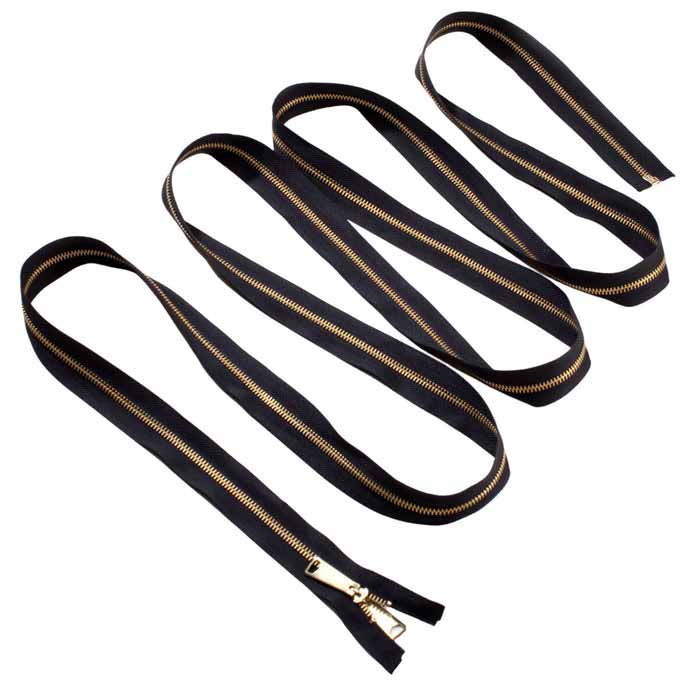
6. Zipper Length
Zipper length is usually measured in cm. How you measure the length of a zipper depends on the type of zipper you are working with. No matter what, you never add zipper tape if your measurement doesn't include chain.
It is important to measure the zipper length correctly. Please see How to Measure Zipper Length for specific instructions.
Can't find the length you need? .
Still not sure?
Feel free to contact us with any questions regarding your specific project. We will be happy to assist you in choosing a zipper.

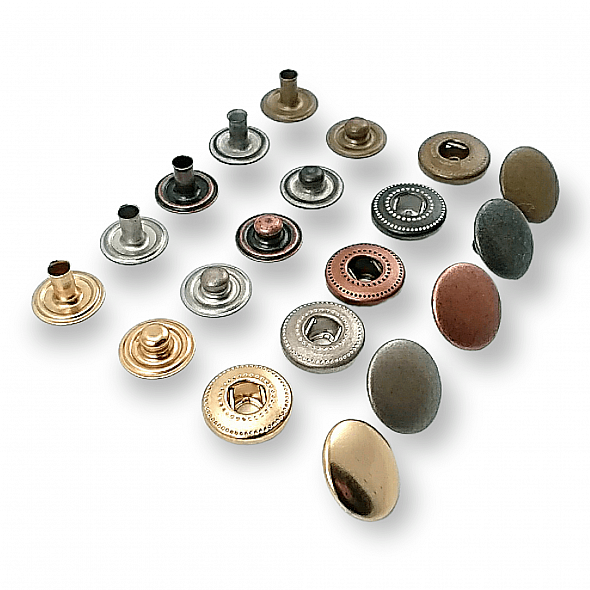
-no5-k0010%20(3)-590x590.jpg)
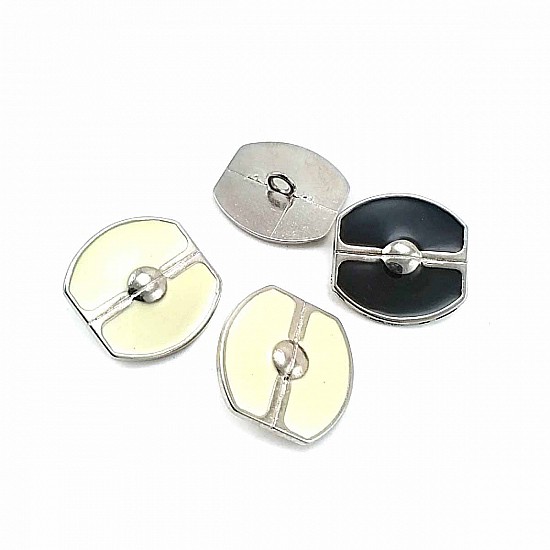
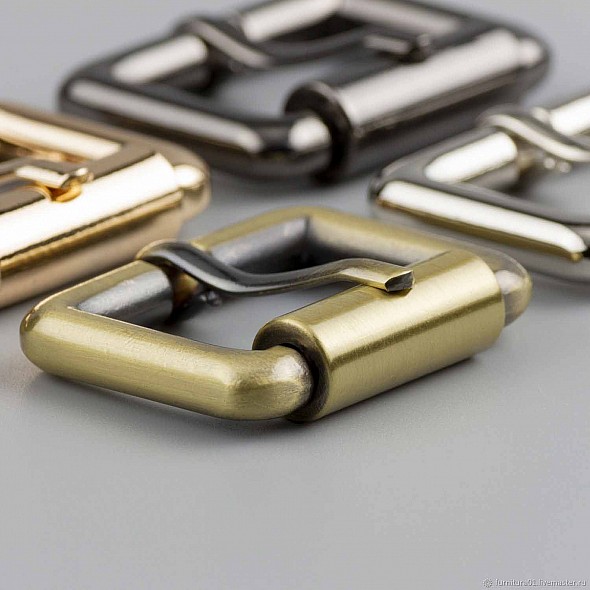
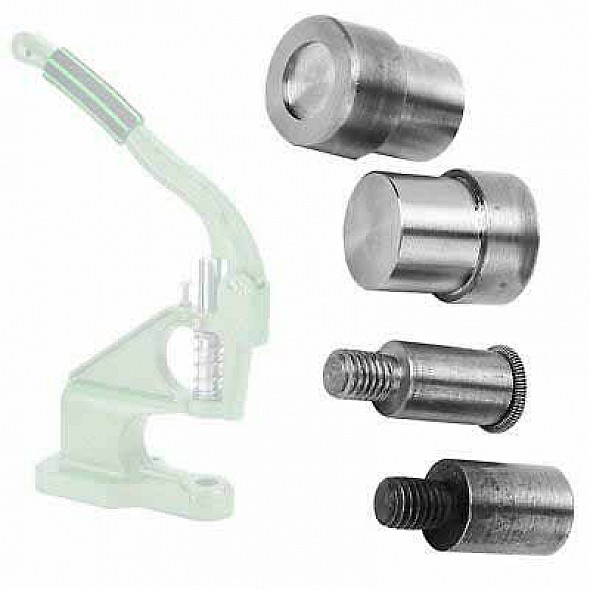
3 Comment(s)
Sonda birileri fermuar seçmeyi anlatabilmis. Birde bir bakışta bizde anlayabilsek...
Bunun bir başka yolu yok mu? cetvel mi kullanmalıyız?
Merhaba Azra Hanım... Çok yakında müşterilerimizin işini kolaylaştıracak bir ürünümüz olacak ve toplu fermuar alımı yapanlara hediye olarak siparişlerine ekleyeceğiz. Biraz sabır.
Yorumunuz için teşekkürler. Adımlara dikkat edin, sizde bir bakışta ayırmaya baslacaksiniz. İyi çalışmalar
E-dugme heyecan yapmayın... cevapla butonuna basarak cevap yazın. :))
Bir sonraki yoruma dikkat ederiz. Uyarnız için teşekkürler... :))
Leave a Comment